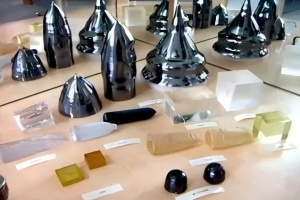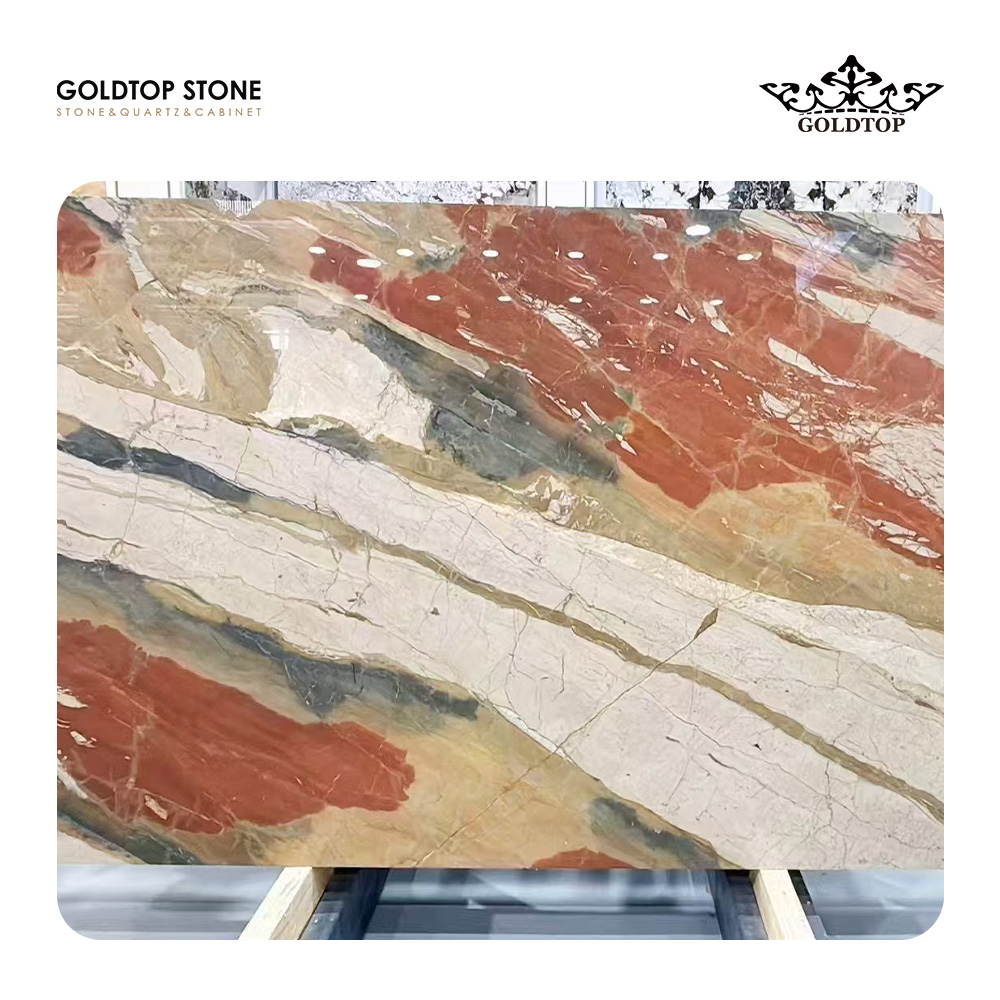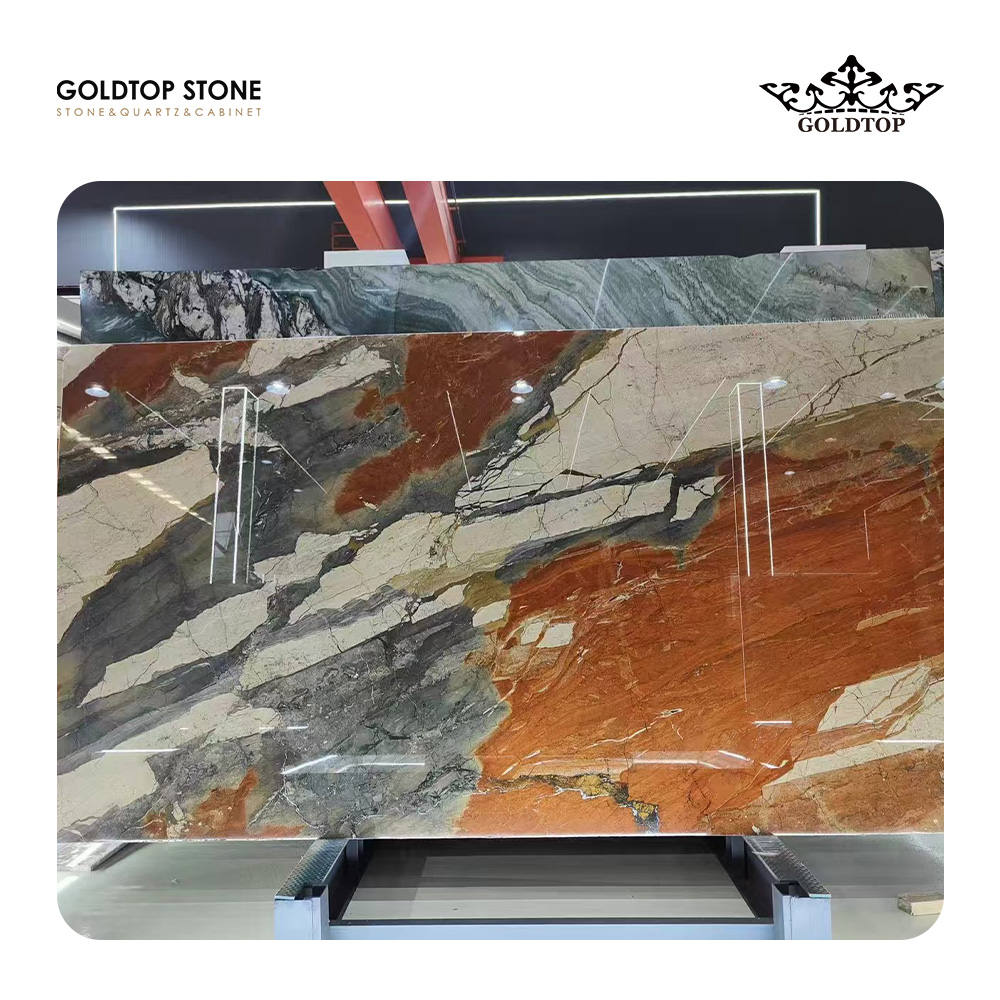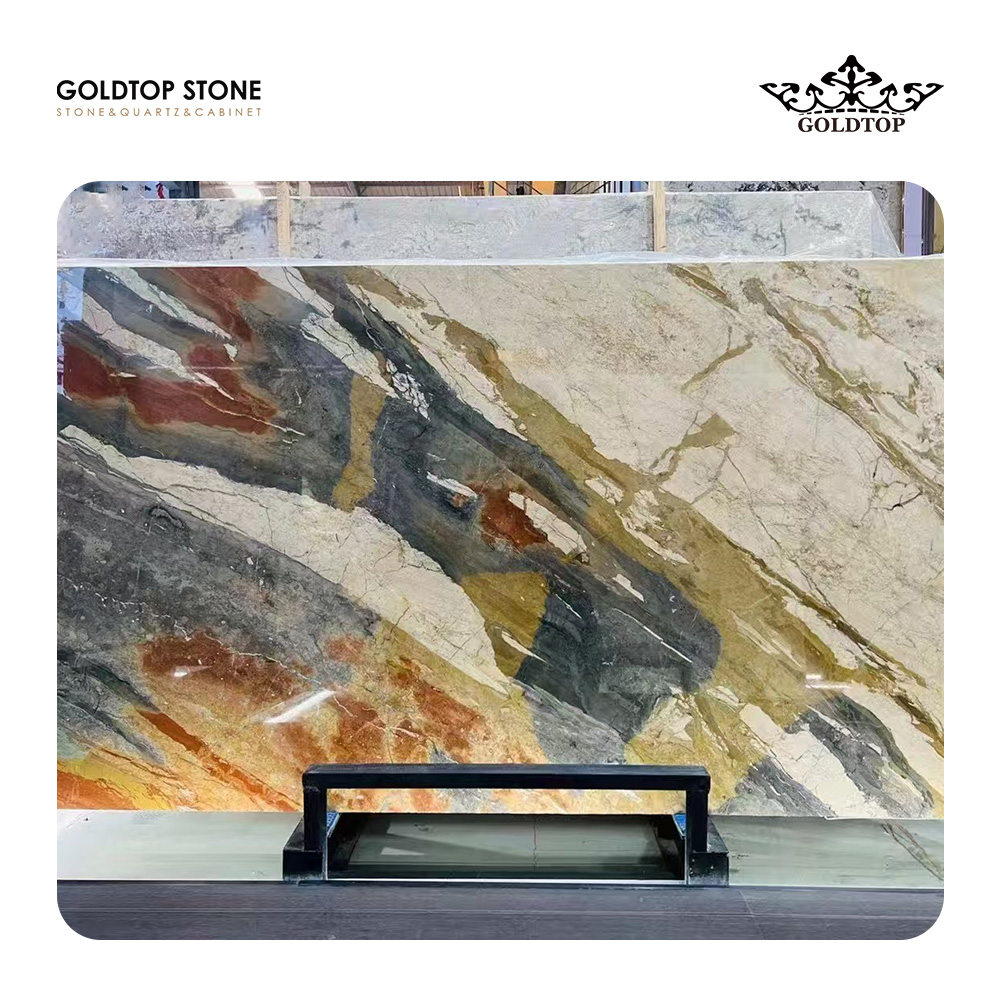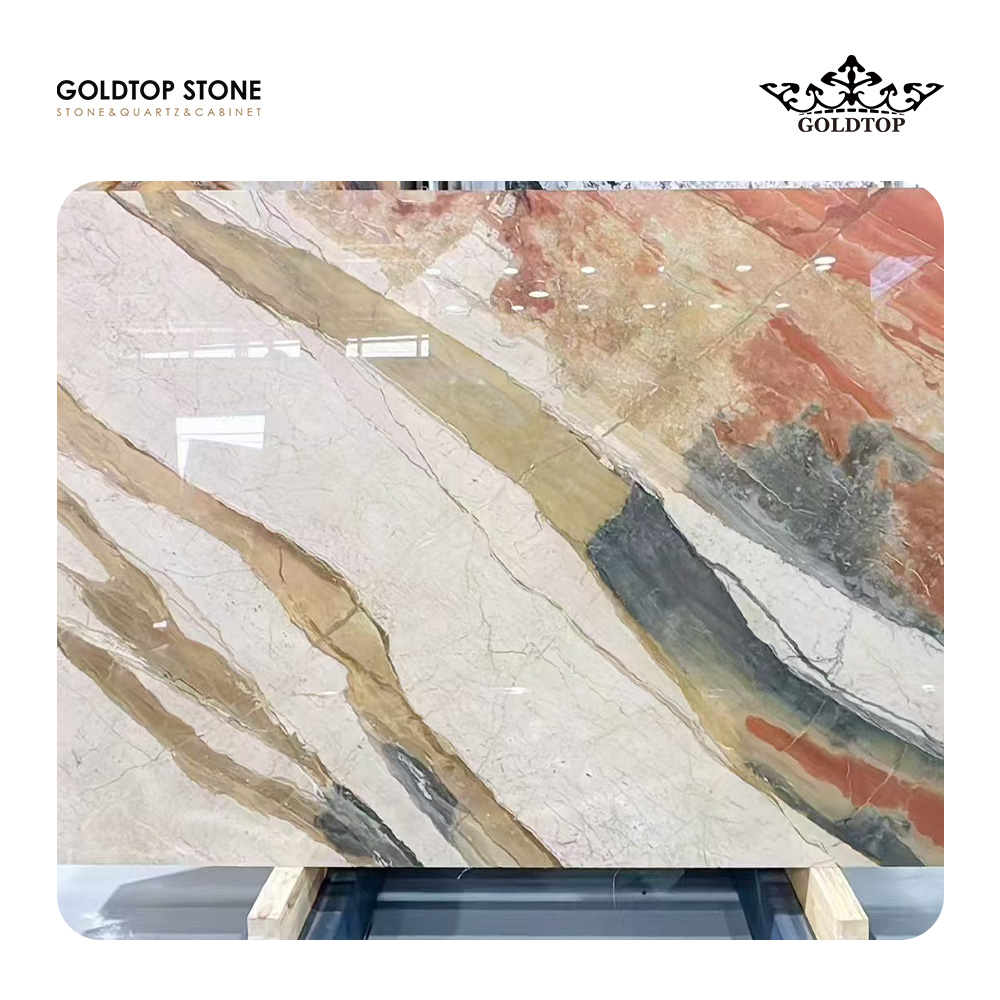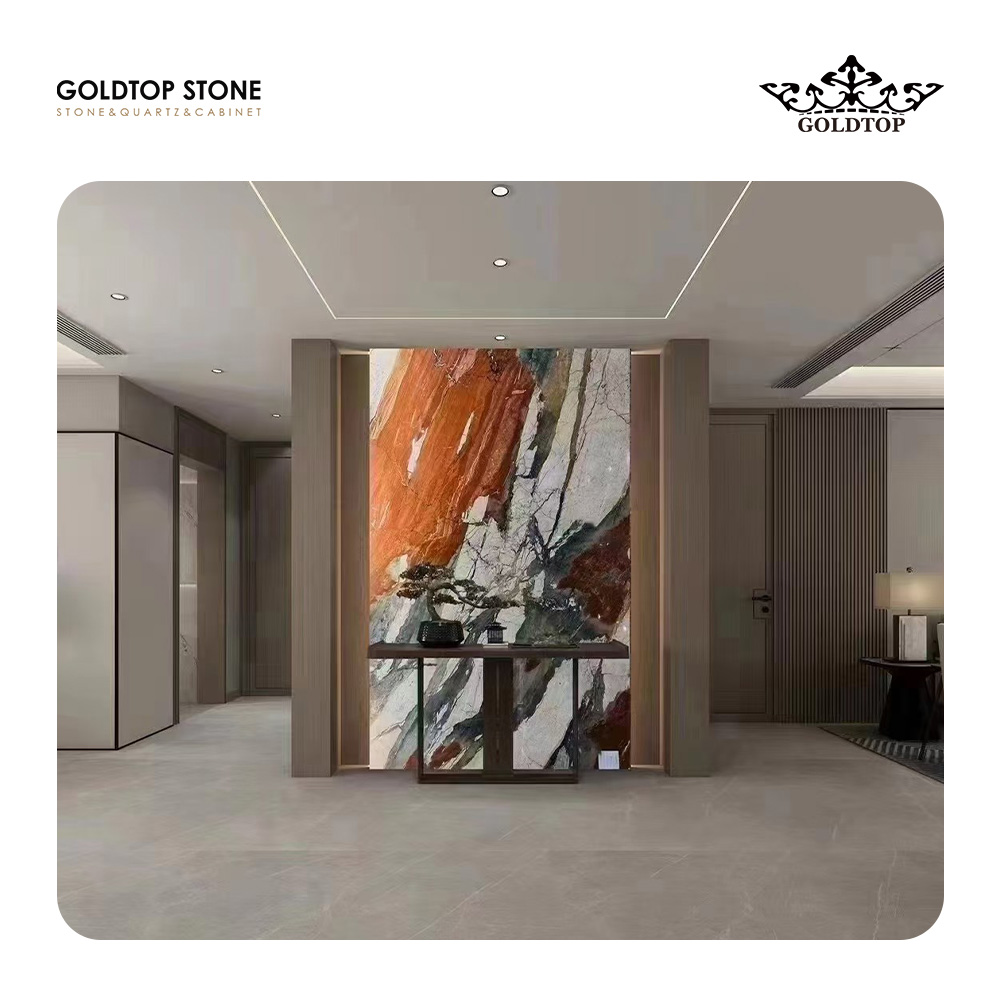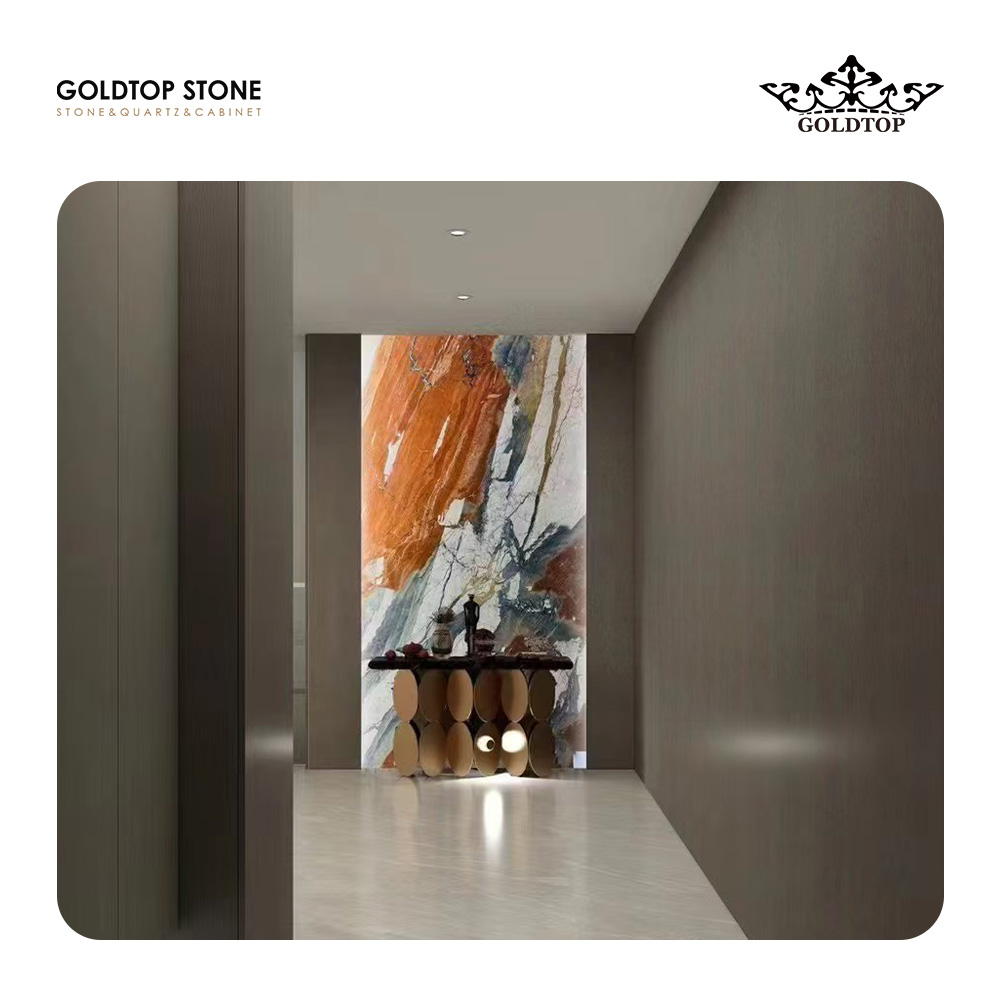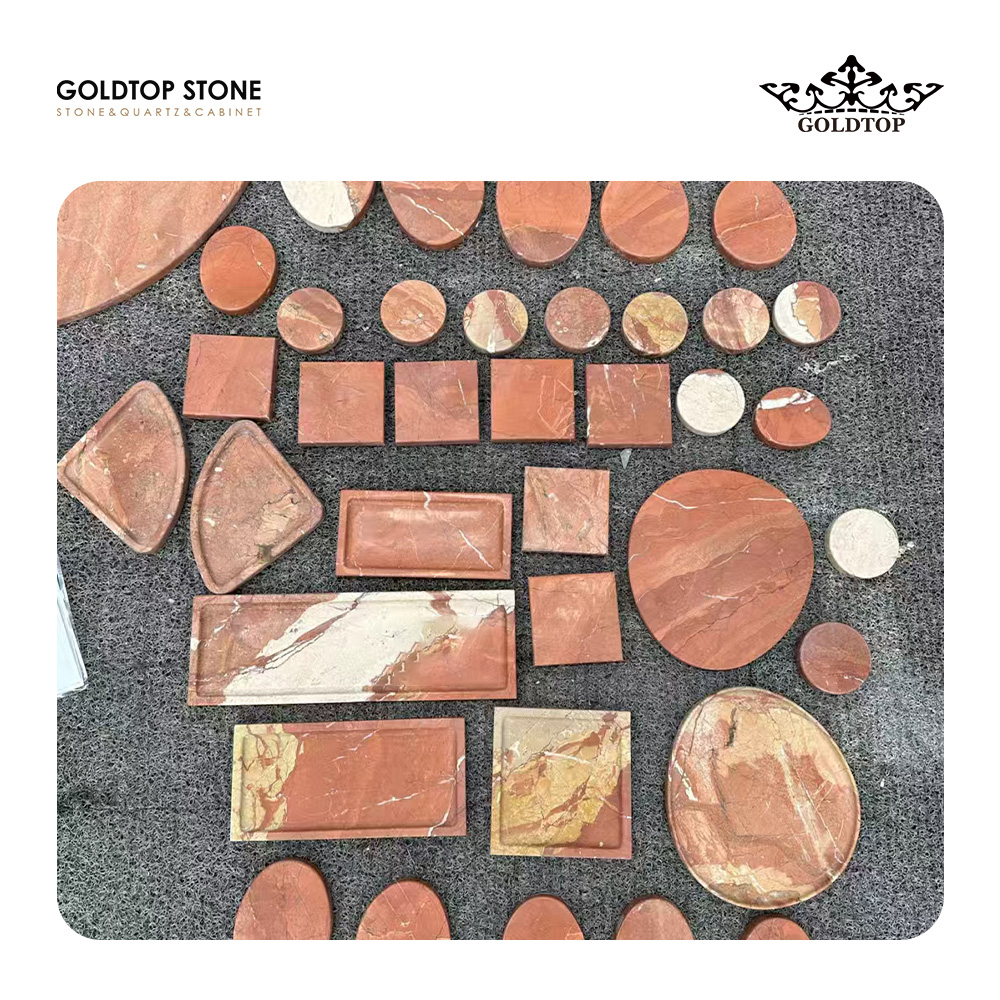▲ The rise of cerium hydroxide
Amidst the ongoing innovation of new energy technologies, the future of the industry remains fraught with uncertainty. However, the recent rise of cerium hydroxide has undoubtedly brought new hope to this field. As an important inorganic material, cerium hydroxide is gradually gaining a foothold in the new energy sector due to its unique properties and broad application potential. Next, we will delve into the world of cerium hydroxide, delving deeper into its diverse applications in the new energy sector and the reasons behind its potential as a promising new energy material.
▲ The core position in fuel cells
Cerium hydroxide plays a vital role in the field of new energy, particularly in fuel cell applications. Its unique physical and chemical properties make it an indispensable component of fuel cells. By gaining a deeper understanding of the working principles and mechanisms of cerium hydroxide in fuel cells, we can better grasp its potential and prospects for application in the new energy field.
Cerium hydroxide, due to its ionic conductivity and stable chemical properties, is an ideal electrolyte material for solid oxide fuel cells (SOFCs). Under high-temperature conditions, it facilitates efficient oxygen ion migration, enabling electrochemical reactions and providing strong power for the stable operation of SOFCs. Cerium hydroxide is an indispensable component of the "heart" of SOFCs, and its presence is driving the continuous innovation and advancement of new energy technologies.
▲ Application in energy storage technology
With the rapid development of new energy vehicles and renewable energy, energy storage technology has become a key core technology. Against this backdrop, the application of cerium hydroxide in the energy storage field has gradually attracted attention. As a modifier for electrode materials, it can significantly improve the performance of electrode materials, thereby enhancing the battery's cycle stability and high-rate discharge capability. This is due to the fact that cerium hydroxide can effectively participate in the redox reaction on the electrode surface during the battery's charge and discharge process, reducing structural damage to the electrode material and thus extending the overall battery life. Looking ahead, with the continued advancement of energy storage technology, the application of cerium hydroxide in the new energy storage field will have even greater potential.
▲ Potential in hydrogen production technology
With the transformation of energy structures, hydrogen production technology is gaining increasing attention. Cerium hydroxide, a compound with unique properties, demonstrates significant potential for application in hydrogen production. By participating in chemical reactions, it can effectively improve the efficiency and stability of the hydrogen production process, providing new technological support for energy transition.
In the development of the hydrogen energy industry, efficient and low-cost hydrogen production technology has become a core research and development direction. Cerium hydroxide, a unique catalyst, can effectively promote organic chemical reactions such as the oxidation of alcohols and the epoxidation of olefins, thereby achieving efficient hydrogen production in these reactions. Cerium hydroxide also has the potential to act as a photocatalyst, capable of decomposing water molecules under light conditions to produce hydrogen. These properties give cerium hydroxide broad application prospects in the hydrogen energy industry and are expected to inject new impetus into the industry's rapid development.
▲ Application in the field of environmental protection
When discussing the crucial role of cerium hydroxide in the hydrogen energy industry, we cannot help but mention its significant applications in environmental protection. As a highly efficient catalyst, cerium hydroxide can facilitate a variety of organic chemical reactions. These reactions not only contribute to the production of hydrogen but also enable the conversion and resource utilization of organic waste. Furthermore, cerium hydroxide's photocatalytic properties make it a powerful tool for addressing environmental pollution. By decomposing water molecules and other processes, it can convert harmful substances into harmless ones, thereby protecting and improving the environment.
Besides its significant success in the new energy sector, cerium hydroxide has also demonstrated its indispensable value in the environmental protection field. Leveraging its unique catalytic properties, cerium hydroxide is widely used to decompose harmful gases, helping to reduce environmental pollution. It is also commonly used as a glass additive and ceramic colorant, effectively improving product performance and enhancing its environmental profile. This synergistic effect across the new energy and environmental sectors has led to a continued surge in market demand for cerium hydroxide, further promoting its wider application within the new energy sector.
▲ Market Outlook
With the rapid rise of the new energy industry and the growing popularity of environmental awareness, market demand for cerium hydroxide continues to rise. Authoritative organizations predict that the market for cerium hydroxide will continue to expand in the coming years, particularly in cutting-edge fields such as fuel cells, energy storage technologies, and the hydrogen energy industry, where its application is expected to experience explosive growth. This market trend will undoubtedly bring unprecedented opportunities for the prosperity of the cerium hydroxide industry.
▲ Future Outlook
With the continued prosperity of the new energy industry and the growing adoption of environmental protection concepts, market demand for cerium hydroxide will remain robust. Authoritative organizations predict that the market for cerium hydroxide will continue to expand over the next few years, particularly in cutting-edge fields such as fuel cells, energy storage technology, and the hydrogen energy industry, where its application is expected to experience rapid growth. This market development trend portends an even brighter future for the cerium hydroxide industry.
Cerium hydroxide, with its unique physical and chemical properties and wide application across multiple fields, is gradually emerging as a shining star in the new energy sector. It demonstrates remarkable application potential and market value in key areas such as fuel cells, energy storage technology, the hydrogen energy industry, and even environmental protection. Looking ahead, with the continued advancement of new energy technologies and growing market demand, cerium hydroxide will undoubtedly play an even more crucial role in the new energy sector, injecting strong impetus into the green and sustainable development of human society. Let us all look forward to witnessing the brilliant development of cerium hydroxide in the new energy sector.



